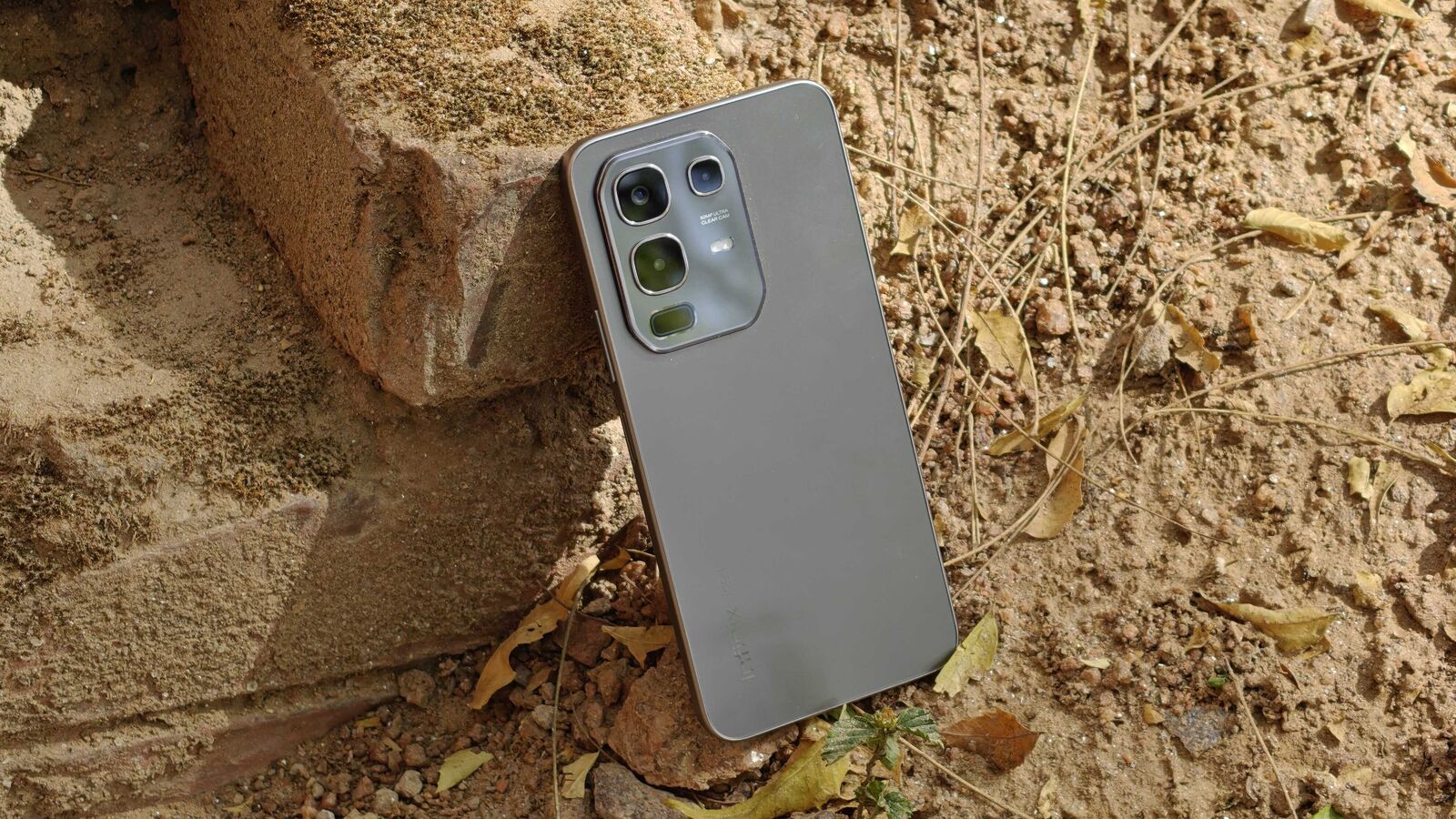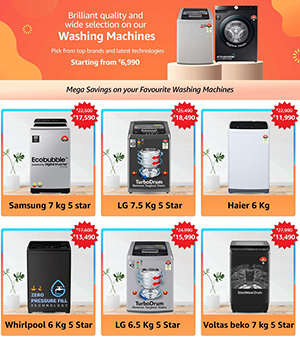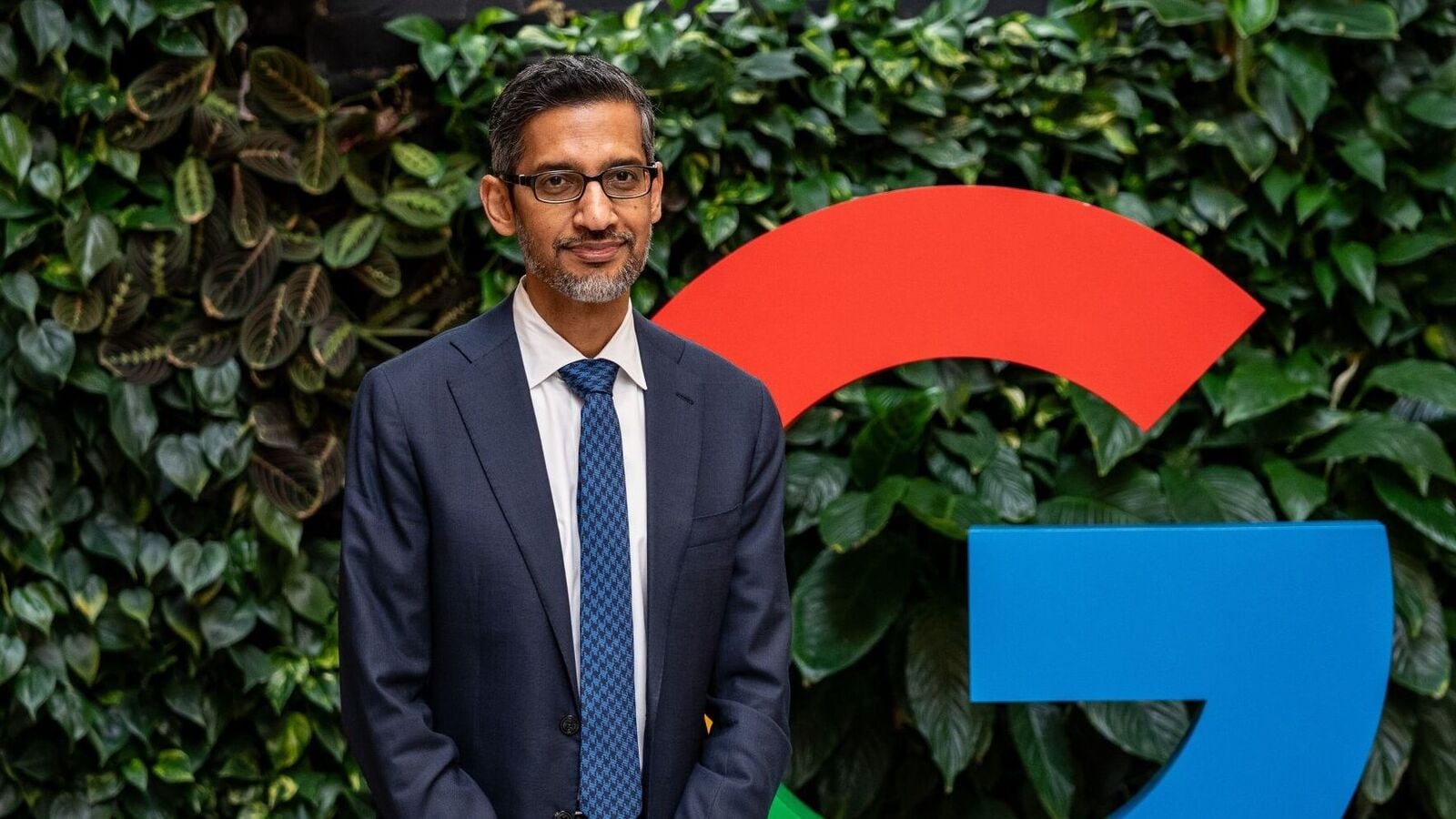Infinix recently launched its first phone of the year, the Note 50x, which is special for several reasons. For starters, the phone solves (or at least claims to solve) one of the biggest issues users had with Infinix – the sluggish software experience – by giving it a modern feel and smooth animations in the new XOS 15. The new budget phone, which starts at ₹11,499, also has a lot of promising features like military certification, a powerful (for the price) MediaTek Dimensity 7300 Ultimate processor, a 5,500mAh battery and 45W fast charging.
But does this phone actually deliver on all these promises, or is it just another marketing gimmick from yet another overzealous brand? Well, I’ve been using the Note 50x for a few days and here’s my two cents on how the phone performed in the real world.
Inside the box:
Opening the green-coloured box of Infinix Note 50x, one is greeted by the device itself wrapped in a thin plastic coating, a SIM ejector tool, a 45W adapter, a USB Type A to Type C cable and some paperwork.
I received the 6GB RAM/128GB storage variant of the phone for review in Titanium Grey. There is also an Enchanted Purple and a Sea Breeze Green (vegan leather back) if you prefer a more flashy choice.
Design and connectivity: Class-leading
On the back of the Note 50x, you get a rectangular camera module with curved edges and Infinix branding in vertical format at the bottom. While both the back and the frame are made of plastic, Infinix has given it a special coating that gives the phone a more premium finish.
In fact, the phone looks and feels so premium that when I gave it to a few people to experience and asked them the price, most of them guessed it to be over ₹20,000. So kudos to Infinix for giving such a solid build quality even for a budget device.
Moving on, the volume rockers and the power button – which also doubles as the fingerprint reader – are located on the right, while the left side of the phone is reserved for the hybrid SIM card slot, which has room for 2 SIM cards and a micro SD card.
The phone comes with support for 9 5G bands, 4G VoLTE, Wi-Fi 6, Bluetooth 5.4 and GPS. I got a 5G single on the device and was also able to make calls without any problems.
Like many other phones under the ₹15,000 price segment, the Note 50x also comes with an IP64 rating for water and dust resistance. The phone also comes with MIL-STD-810H military certification for durability, a feature we have seen on many mid-range Motorola phones in the past.
Display: A big letdown
The biggest disappointment with the Note 50x comes in the display department, as the phone comes with a 6.67-inch HD+LCD panel with 120Hz refresh rate and 672 nits peak brightness.
The effects of the low-resolution panel are immediately apparent when you compare it to other phones in the segment with a 1080p panel, as colours look washed out and the flickering problem becomes apparent in low-light scenarios.
While the screen is still usable indoors, there is a real problem with visibility when using the phone in bright outdoor conditions.
The phone’s stereo speakers offer crisp, clear audio for the price, but they don’t get loud enough, so you’ll probably want to use a wireless headset or speakers to listen to music or watch films.
Processor: Solid performance for the price
The Note 50x is powered by the MediaTek Dimensity 7300 Ultimate processor, the first phone with this processor in India, Infinix claims. In reality, however, this is just another marketing ploy by MediaTek to rebrand its own chips, just like the ‘Energy’ suffix that was added to the Oppo Reno 12 Pro last year.
The Dimensity 7300 is not a bad processor though, quite the opposite, it is a very capable processor that has been consistently featured in phones priced above ₹15,000, some of which I have reviewed previously like the CMF Phone 1 and Lava Agni 3. I do have a problem with smartphone manufacturers and chipmakers using different names for SoCs just to sell more units.
That brief rant aside, just like the other phones I tested with the same processor, the Note 50x is a solid performer for all routine tasks like browsing the web, opening various apps and even some light gaming. I tried playing Call of Duty Mobile and BGMI on the phone and while the games were playable on the highest settings, there were certainly some occasional frame drops.
The phone currently supports running HDR graphics at an Ultra frame rate on BGMI. While options for Ultra HDR and Extreme HDR are available in the graphics settings, selecting them currently displays a ‘Coming Soon’ message. On the other hand, COD Mobile runs at Very High graphics quality and Very High frame rates on the Note 50x.
In terms of benchmarks, the Note 50x scored 6,23,056 on Antutu, which is almost on a par with other phones with this chipset. On Geekbench 6, the Note 50x gets a single-core score of 1004 and a multi-core score of 2880.
In 3D Mark’s Wild Life Extreme Stress test, the phone gets a best loop score of 858 and lowest loop score of 854, with a stability of 99.5%. This chipset is not known to have any abnormal heating issues, and the Note 50x is no different, with the phone getting a bit warm during prolonged gaming sessions, but not to the point of being too hot to handle.
Software:
One of the biggest changes Infinix has made to the Note 50x is the introduction of the new XOS 15 UI based on Android 15. The changes are immediately apparent when you start using the phone, as the UI feels much snappier than previous Infinix phones and the animations look much more refined.
XOS 15 brings a lot of new features while retaining some very useful elements from its predecessor. For example, the Dynamic Island (which Infinix calls the Dynamic Bar) is still there, along with Social Assistant (which allows you to record calls and other options during WhatsApp calls) and Halo Lighting (the LED light that comes on during charging, games and new notifications).
The interface also remains ad-free, with very few apps installed on first boot, including Facebook, Messenger, Instagram and a few other third-party apps. The good news is that Infinix now allows users to select multiple apps and either put them in a folder or batch uninstall them if necessary.
There are a few new icon packs and the notification area can also be given different colour palettes, but there is no option yet to match these to the colours of the wallpaper like Samsung’s One UI 7.
There was a lot of talk about the AI features in the run-up to the launch of this device, but most of them didn’t work or were over-hyped. For example, the photos application on the XOS 15 is called AI Gallery and there’s not even support for the AI Eraser to remove unwanted objects in the background.
Infinix has also continued to use the same shapes and designs for most of the UI elements, which prevents the UI from getting a fully modern twist.
There are some good features though, for example in the Gallery app there is an option for image cutouts (similar to Oxygen OS) where you can long press on an object to extract it from the image and either share it directly from there or copy it for later use. There is also support for copying text directly from images, another OxygenOS-inspired feature that comes in handy.
Overall, the new XOS 15 is a mixed bag for me, with a definite improvement in the fluidity and animation of apps, but the UI needs further tweaking to clear out the clutter and give it a more refined look.
Camera and battery: Par for the course
The Note 50x’s 50MP primary shooter delivers decent enough pictures in daylight for the price, with the typical overexposed tone we’ve seen on Infinix phones in the past. In low light, however, details are lost and the end results aren’t very satisfying.
The 8MP selfie camera delivers surprisingly good colour reproduction and sharp focus, but the resulting images are often shaky, even in good lighting conditions.
Overall, I would say that the cameras on this smartphone are nothing out of the ordinary, they can get the click decent pictures but do keep your expectations in check.
The 5,500mAh battery is a decent backup and will easily last you a full day of use, even with 5G turned on. If it gives up on you, the 45W charger included in the box can recharge the battery in about an hour.
Verdict:
At an effective price of ₹10,499 (including bank offers), the Infinix Note 50x stands out as one of the most compelling options in its segment. It offers a premium looking design, solid build quality, a large 5,500mAh battery, a capable processor for everyday use, and a surprisingly clean, ad-free software experience—something rare at this price.
That said, the HD+ display and underwhelming speaker quality might be dealbreakers for some users. But if you can live with those compromises, the Note 50x delivers excellent value for budget-conscious buyers.











